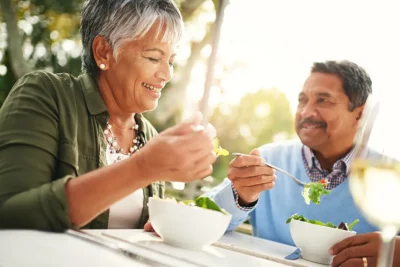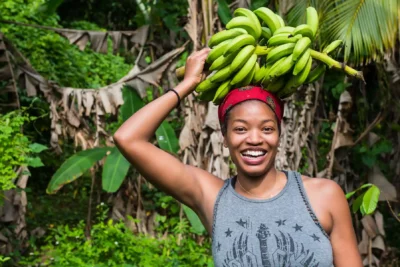There are many people who believe that eating prawns and shrimps is better than eating cows, pigs, sheeps, and other larger animals. This could be because they are sea creatures, and often we assign less value to animals who are vastly different to us. It could also be because they are much smaller than other animals we farm and eat. Or it could simply be because we know less about them. Whatever the reason, we believe that it’s important not to create distinctions of value between animals based on the attributes we as humans think are important, as all animals deserve a chance to live a natural life.
The truth is, the prawn and shrimp industries are some of the most environmentally destructive and ethically questionable industries on the planet, and there are countless reasons why eating prawns and shrimps is best avoided.
Who Are Shrimps and Prawns?
Prawns, shrimps, and other decapod crustaceans (including crabs and lobsters) are complex sea creatures, with a family history stretching back over 500 million years of evolution. There are currently more than 2,000 known species of prawns and shrimps, all with unique and complex attributes that make them perfect for their individual environments.
Their natural life expectancy in the oceans is around 2-3 years, but these fascinating creatures are also factory farmed. In captivity, they are allowed to live only a fraction of this lifespan before being killed.
The Prawn and Shrimp Industry
Prawns, shrimps, and other crustaceans are both farmed and caught in the wild on an unimaginable scale. Because these creatures are small and farmed in such great numbers, we do not even recognize the number of individuals who are killed and eaten each year. Instead, we measure their deaths in tonnes.
Intensive Aquaculture
The majority of all prawns and shrimps consumed around the world are farmed in warm water aquaculture systems, most commonly in Southeast Asia and India. These systems are often inland, and the animals are farmed in concrete pens or human-made pools of freshwater. The space for these farms is often created by destroying natural mangrove habitats, with drastic environmental consequences.
Millions of individual animals are packed into these intensive systems, before they are killed at around 100 days old, and exported to countries in Europe and the USA. These farms resemble nothing of their natural environment of mangrove forests and wetlands.
This kind of aquaculture is becoming more common because trawler fishing has plundered the free-living populations. Shrimp farming is just another form of destructive factory farming, designed to meet our apparently insatiable demand for the flesh of sea creatures.
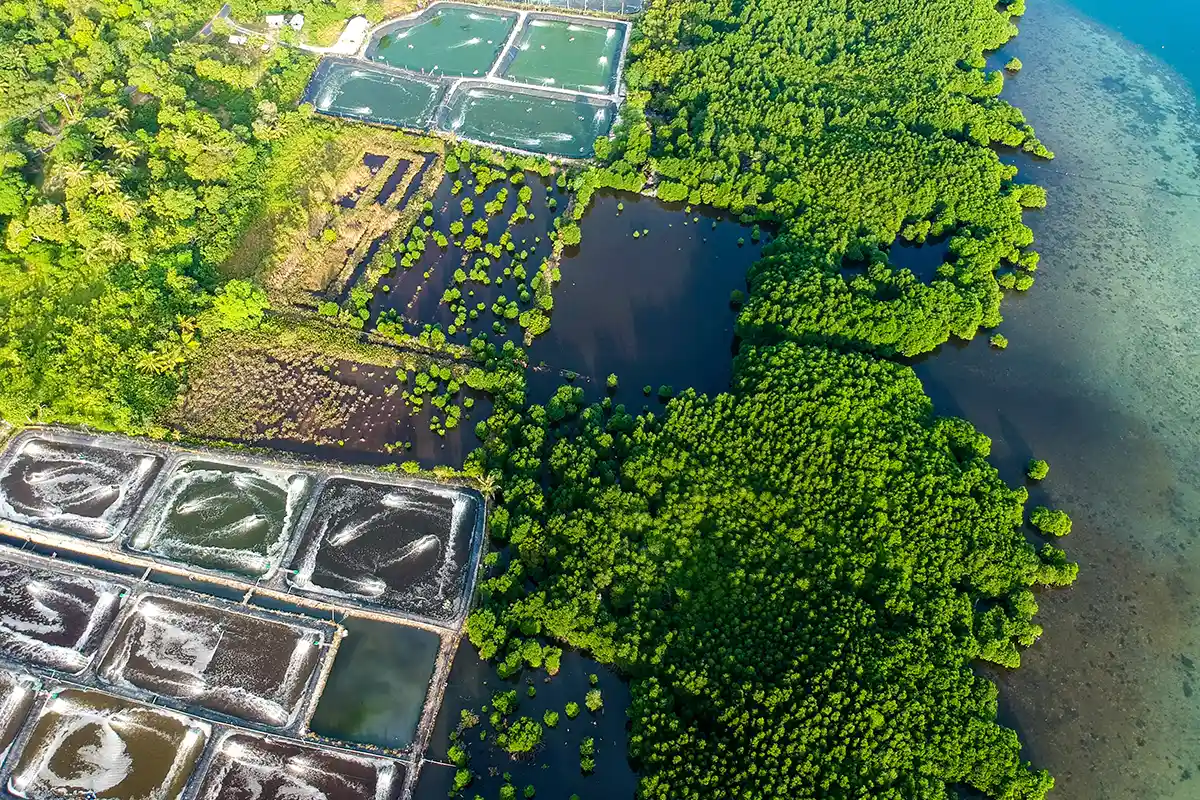
Trawler Fishing
Prawn and shrimp trawler nets are one of the most destructive forms of fishing. They are designed to catch small crustaceans, which means they also catch any sea creatures who are larger than that and unlucky enough to be in the way. Many of these animals — known dispassionately in the industry as bycatch — die before they even reach the boat, only to be discarded wastefully as they are not edible or profitable. Trawler nets like this also destroy the seabed habitats they plough up.
Many frozen prawns and shrimps for sale in the UK and USA are a product of this destructive trawler fishing.
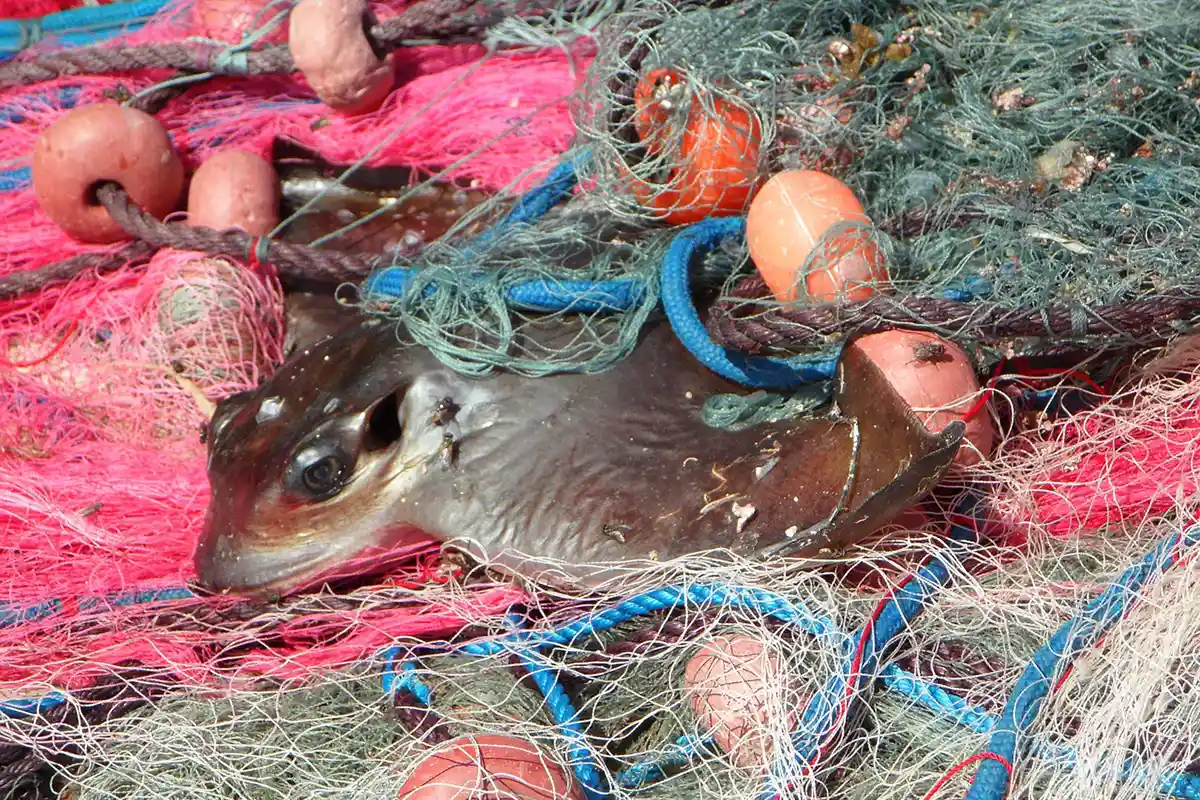
Why is Eating Prawns and Shrimp Bad?
The two main reasons why we would encourage people to avoid eating prawns and shrimps are: ethics and environment.
Ethics
There are various studies that suggest prawns, shrimps, and other sea creatures are sentient beings who can feel pain and discomfort. Therefore, we believe it is cruel and unethical to remove them from their natural habitats and kill them for food.
Farming them is perhaps even worse because farms have resorted to despicable practices like eyestalk ablation to ensure maximum production. Prawns and shrimps rely on certain stimuli from their natural environment to determine whether it is breeding season, which makes breeding them in captivity tricky. Farmers discovered that if they slice off the females’ eyestalks, which blinds them, they can disrupt the animals’ natural hormone production, and force them to ignore their natural instinct and breed.
Aside from this shocking and deliberately inflicted suffering, the shrimps are forced to live their lives in barren concrete pens or pools, packed together in their thousands where they are susceptible to disease, only to have their lives cut short. We do not believe that this treatment should be inflicted on any living being.
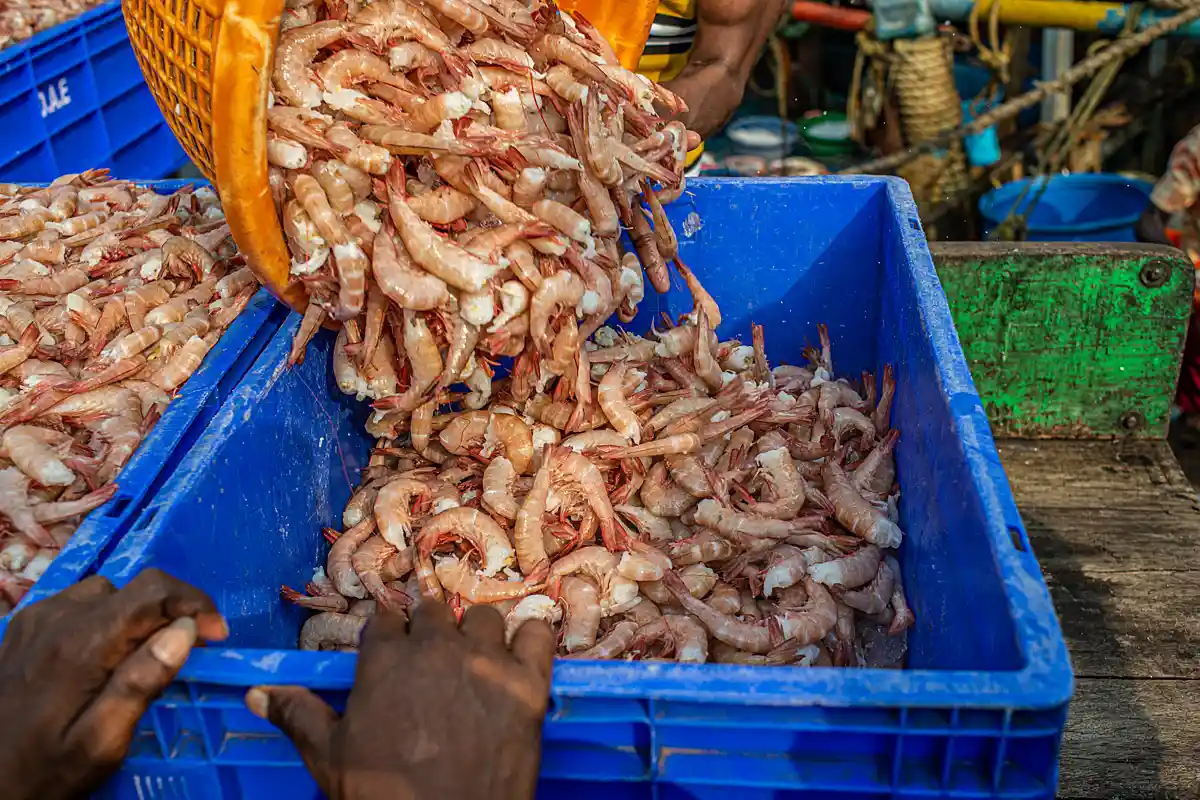
Environmental Impact: Pollution
Very few people are aware of how destructive intensive prawn and shrimp farming is for our environment. It is one of the most polluting animal agriculture industries. When a pen of shrimps or prawns has been slaughtered and removed from the nets or concrete pens, the water they lived in is released into surrounding natural ecosystems. But it is full of rotting feed, dead and diseased animals, and any antibiotics that have been used to treat diseases.
Environmental Impact: Climate Change
Shrimp and prawn farming is also really damaging to the climate, for three main reasons: destruction of mangroves, the release of methane, and the production of feed.
In order to make way for these fish farms, mangroves are destroyed. Mangroves are one of the most effective carbon sinks our planet has, as well as being complex, biodiverse ecosystems. By clearing mangrove forests for farms, we release huge amounts of carbon into the atmosphere and remove its ability to store carbon in the future.
The second major problem is the methane produced in these systems. Joseph Poore from Oxford University, who has studied the climate impacts of food, said: “You get all these fish depositing excreta and unconsumed feed down to the bottom of the pond, where there is barely any oxygen, making it the perfect environment for methane production.” Methane is a potent greenhouse gas.
Finally, the processed feed given to farmed shrimps and prawns is also made up of 30 percent soy, which often comes from farms in Latin America, planted on deforested land. When forests are cut down, large amounts of carbon are released, and deforestation is one of the leading drivers of climate change.
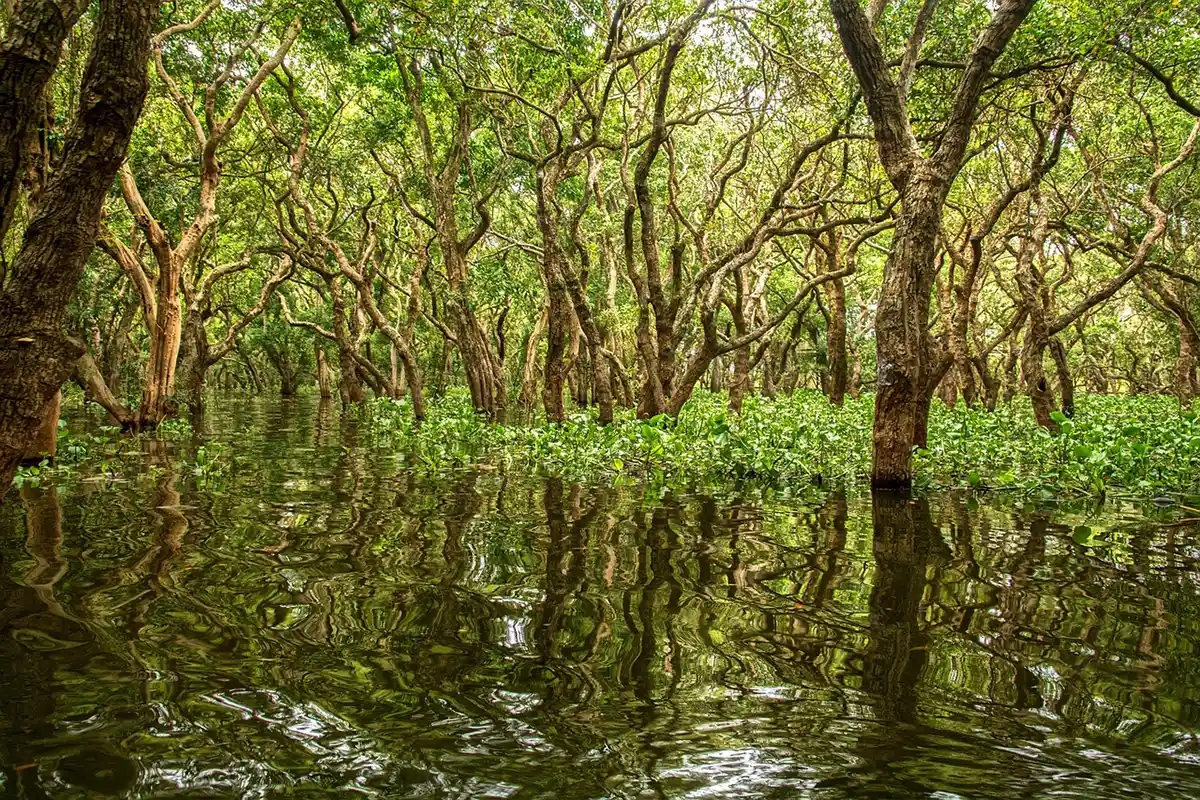
Marine Biodiversity
Alongside the soy, the feed given to farmed prawns and shrimps is mostly made up of other fishes, caught in large numbers from the wild by trawler nets. These fishes are predominantly food species for other sea creatures, so removing them in their millions disrupts natural food webs and ecosystems. We kill wild fishes just to create feed for farmed fishes, who we then kill and eat. Something doesn’t add up here!
Conclusion
If eating prawn and shrimps is so bad, you may ask, why are we still doing it? We think this is an excellent question! Often it comes down to flavor and tradition, but for many of us, there are plant-based versions of seafood dishes, including prawns and shrimps, readily available. Check out your local store, buy them online, or you can even make your own shrimp dishes at home!
Eating a plant-based diet that does not inflict cruelty on any living being is easier than it has ever been and is perfectly healthy for humans at all stages of life.

